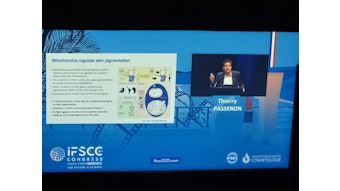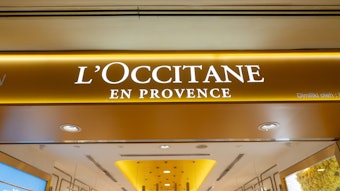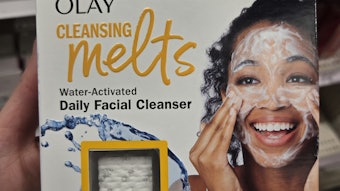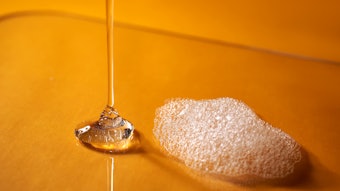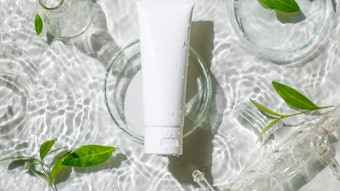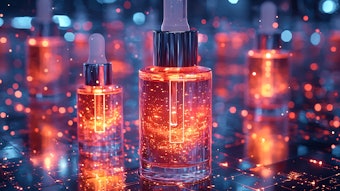A world of simple concepts and clear technical rules could be organized according to simple definitions such as the following:1
• A solution is a homogeneous mixture composed of one or more substances, known as solutes, dissolved in another substance, known as a solvent.
• A suspension is a colloidal dispersion in which a finely divided species is combined with another species, with the former being so finely divided and mixed that it does not rapidly settle out. In everyday life, the most common suspensions are those of solids in liquid water.
• An emulsion is a mixture of two immiscible substances. One substance (the discontinuous phase) is dispersed in the other (the continuous phase).
However, the world of cosmetic chemistry is rarely so easy to organize. Consider a fully dissolved 1% solution of sodium chloride (NaCl) in water. This simple system has sodium ion (Na+), chloride ion (Cl–) and water, distributed fairly equally over the entire mass of the system. The solution is clear and homogeneous.
Now consider a 1% solution of a surfactant. The surfactant has a water-soluble head and a water-insoluble tail. A well-known surfactant is sodium lauryl sulfate (CAS No. 151-21-3). Like NaCl, sodium lauryl sulfate (SLS) has two opposite ions. However, SLS in water is very different. The presence of a large fatty portion makes the product surface-active. The structure of SLS is shown in Figure 1.
